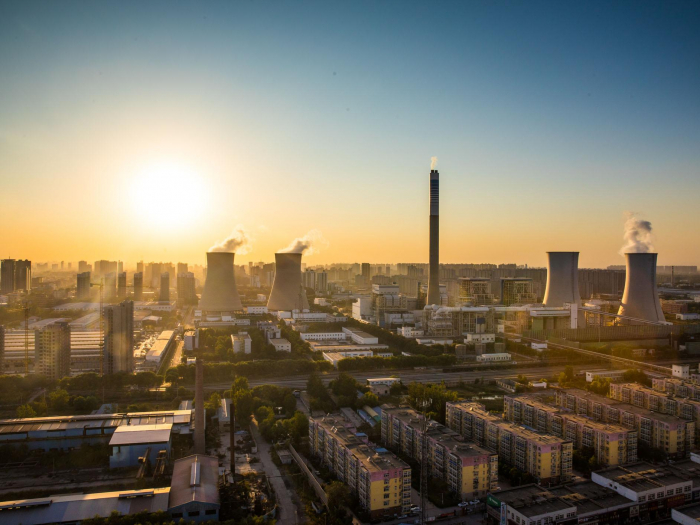Scientists say a surge in emissions of this chemical from factories in China may set back the process for up to eight years.
The UN recently confirmed that three decades after a landmark global agreement to curb harmful pollutants, the ozone hole was closing up.
A ban on the production of CFCs – the main cause of the problem – under the Montreal Protocol was seen as a rare instance of true international collaboration.
Pressure had grown throughout the 1980s after researchers raised the alarm over the hole in the sunlight-shielding layer, amid concerns it would lead to increased rates of skin cancer.
However, the positive news has since been marred, as ozone scientists noticed irregularities that indicate while the layer is indeed recovering, it is not happening as fast as they had hoped.
In a new study published in the journal Nature Geoscience, a team identified chloroform, used to manufacture refrigerants, as a major emerging concern.
Across a five-year period starting in 2010, the scientists used data from global monitoring stations to detect a massive increase in this substance, with the majority coming from East Asia.
Worldwide emissions in 2015 had shot up by a fifth compared to the previous decade, and the team found Chinese industrialised areas correlated well with the biggest hotspots.
“We conclude that eastern China can explain almost all the global increase,” said Dr Xuekun Fang, a Massachusetts Institute of Technology (MIT) scientist who led the international team.
Chloroform is only the latest in a series of gases that have emerged as concerns following the CFC ban.
In 2017, UK researchers identified the industrial chemical dichloromethane as another threat, and earlier this year an international investigation revealed plastic foam manufacturers were still producing the banned CFC-11.
The Montreal Protocol does not cover a class of compounds known as “very short-lived substances”, which are known to damage ozone but were thought unlikely to have a lasting impact like CFCs.
“But now that we’re at the stage where emissions of the more long-lived compounds are going down, the further recovery of the ozone layer can be slowed down by relatively small sources, such as very short-lived species – and there are a lot of them,” said MIT researcher professor Ronald Prinn.
With some industrial reports suggesting chloroform use in Chinese factories is on the rise, the scientists warned total ozone recovery could be pushed back by between four and eight years.
They also noted that an “unfortunate coherence” between the site of these emissions and frequent storms meant more of them were being pushed upwards into the stratosphere, where they can do the most damage.
The team recommended regulations on short-lived chemicals in order to ensure ozone recovery continues smoothly in the years to come.
The Independent
More about: ozonehole
















































